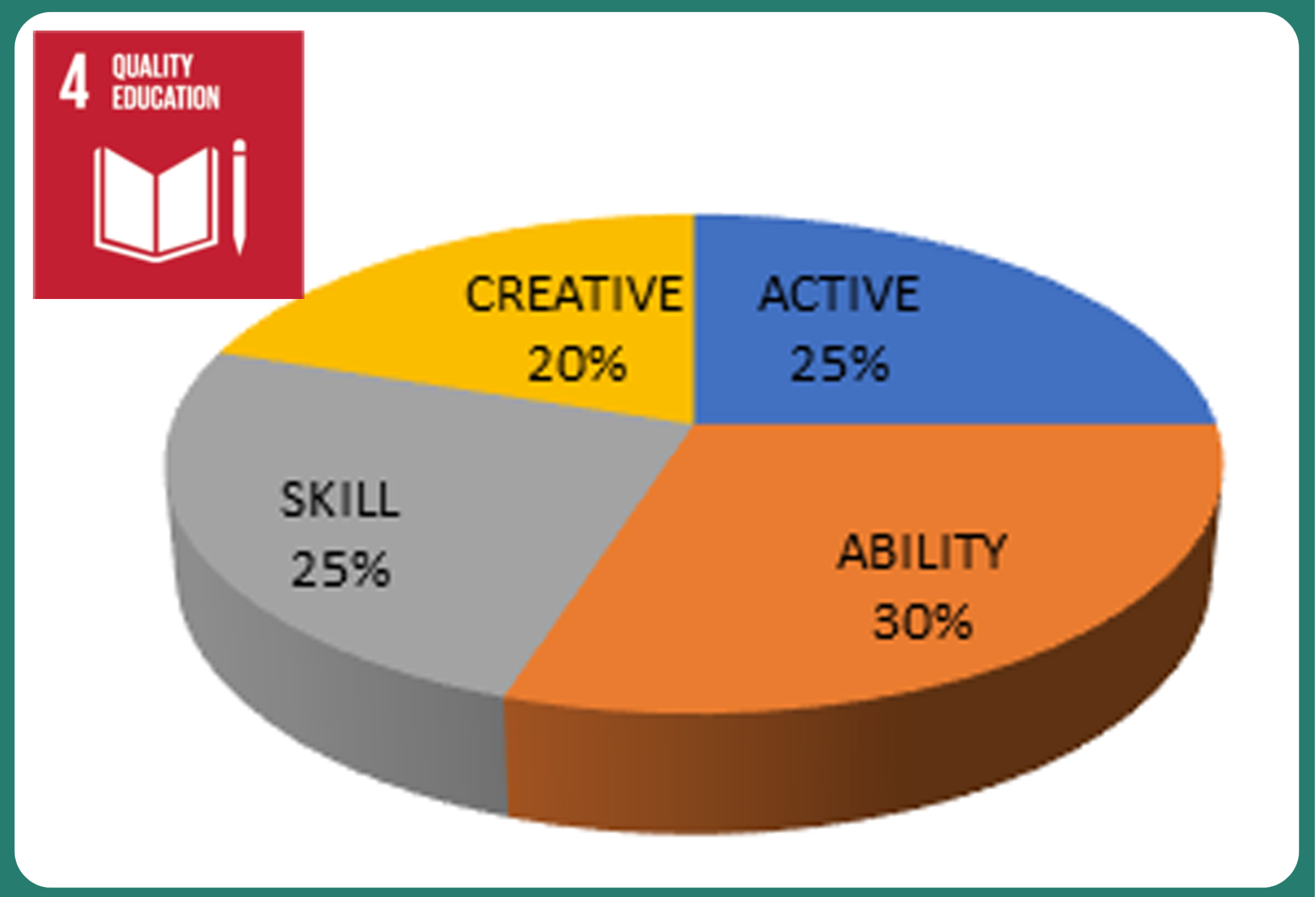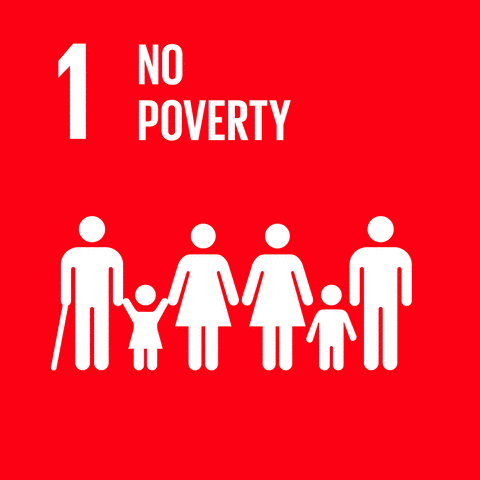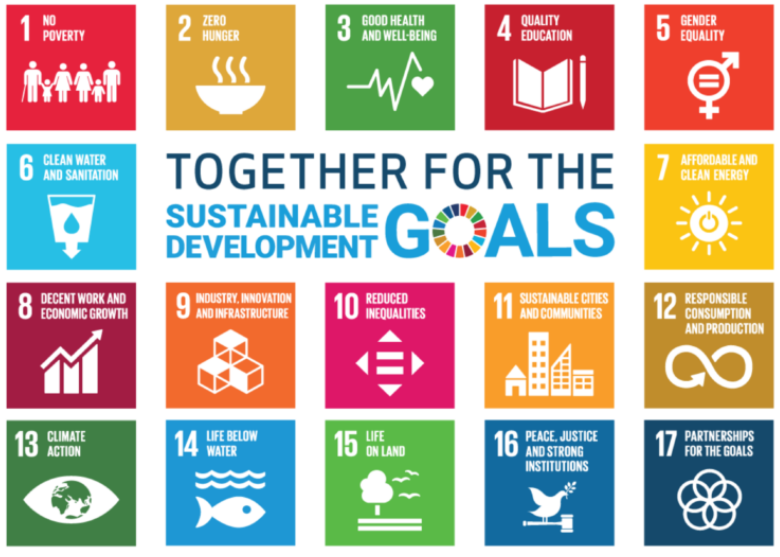A Systematic Literature Review on the Role of Digital Learning Media in Improving Learning Outcomes
DOI:
https://doi.org/10.24036/javit.v5i1.217Keywords:
Multimedia, Learning Media, Digital Learning, Technology Integration, Learning Outcomes, Educational Innovation, Digital-Based Media, Interactive Learning, Technology-Enhanced LearningAbstract
This literature study critically examines the evolution and utilization of multimedia learning media in modern education, emphasizing the increasing demands for innovative teaching methods that integrate digital technology. As educational paradigms shift towards learner-centered approaches, teachers are required to leverage digital-based learning media to enhance students’ understanding and improve learning outcomes. This study synthesizes findings from twenty recent peer-reviewed articles, providing a comprehensive overview of how digital learning media facilitate effective knowledge delivery and engagement. Unlike traditional tools, digital media offer dynamic, interactive, and accessible learning experiences that align with current technological advancements and educational needs. The analysis reveals key trends, benefits, and challenges in adopting multimedia learning media, highlighting significant opportunities for further development and implementation in diverse learning contexts. This study contributes to the field by consolidating up-to-date evidence on the impact of digital learning media, thereby informing educators, researchers, and policymakers on best practices and future directions in technology-enhanced learning.
Downloads
References
Dr. Lohans Kumar Kalyani, “The Role of Technology in Education: Enhancing Learning Outcomes and 21st Century Skills,” Int. J. Sci. Res. Mod. Sci. Technol., vol. 3, no. 4, pp. 05–10, Apr. 2024, https://doi.org/10.59828/ijsrmst.v3i4.199.
N. Churchill, “Development of students’ digital literacy skills through digital storytelling with mobile devices,” EMI. Educ. Media Int., vol. 57, no. 3, pp. 271–284, 2020, https://doi.org/10.1080/09523987.2020.1833680.
B. Gan, T. Menkhoff, and R. Smith, “Enhancing students’ learning process through interactive digital media: New opportunities for collaborative learning,” Comput. Human Behav., vol. 51, pp. 652–663, Oct. 2015, https://doi.org/10.1016/j.chb.2014.12.048.
A. Alam and A. Mohanty, “Educational technology: Exploring the convergence of technology and pedagogy through mobility, interactivity, AI, and learning tools,” Cogent Eng., vol. 10, no. 2, Dec. 2023, https://doi.org/10.1080/23311916.2023.2283282.
S. Li and J. Li, “Construction of Interactive Virtual Reality Simulation Digital Media System Based on Cross-Media Resources,” Comput. Intell. Neurosci., vol. 2022, no. 1, p. 6419128, Jan. 2022, https://doi.org/10.1155/2022/6419128.
J. S. Devagiri, S. Paheding, Q. Niyaz, X. Yang, and S. Smith, “Augmented Reality and Artificial Intelligence in industry: Trends, tools, and future challenges,” Expert Syst. Appl., vol. 207, p. 118002, Nov. 2022, https://doi.org/10.1016/j.eswa.2022.118002.
C. B. Omeh, C. J. Olelewe, and E. C. Nwangwu, “Fostering computer programming and digital skills development: An experimental approach,” Comput. Appl. Eng. Educ., vol. 32, no. 2, p. e22711, Mar. 2024, https://doi.org/10.1002/cae.22711.
D. S. Papadakis, “Apps to Promote Computational Thinking and Coding Skills to Young Age Children: A Pedagogical Challenge for the 21st Century Learners,” Educ. Process Int. J., vol. 11, no. 1, pp. 7–13, 2022, https://doi.org/10.22521/edupij.2022.111.1.
M. Hakimi, S. Katebzadah, and A. W. Fazil, “Comprehensive Insights Into E-Learning in Contemporary Education: Analyzing Trends, Challenges, and Best Practices,” J. Educ. Teach. Learn., vol. 6, no. 1, pp. 86–105, Feb. 2024, https://doi.org/10.51178/jetl.v6i1.1720.
J. Alshboul and E. Baksa-Varga, “Ontology-Based Automatic Generation of Learning Materials for Python Programming,” Int. J. Adv. Comput. Sci. Appl., vol. 16, no. 5, pp. 71–86, May 2025, https://doi.org/10.14569/IJACSA.2025.0160508.
C. S. Santiago Jr, M. P. Leah Ulanday, Z. R. Jane Centeno, M. D. Cristina Bayla, and J. S. Callanta, “Flexible Learning Adaptabilities in the New Normal: E-Learning Resources, Digital Meeting Platforms, Online Learning Systems and Learning Engagement,” Asian J. Distance Educ., vol. 16, no. 2, p. 38, Dec. 2021, Accessed: Apr. 14, 2025. [Online]. Available: https://asianjde.com/ojs/index.php/AsianJDE/article/view/580.
H. A. El-Sabagh, “Adaptive e-learning environment based on learning styles and its impact on development students’ engagement,” Int. J. Educ. Technol. High. Educ., vol. 18, no. 1, pp. 1–24, Dec. 2021, https://doi.org/10.1186/s41239-021-00289-4.
E. Kucera and O. Haffner, “Competency-Based Hybrid Learning: A Modern Approach to Teaching Programming and Digital Technologies Subjects,” IEEE Access, vol. 13, pp. 54892–54919, 2025, https://doi.org/10.1109/access.2025.3555333.
J. Wen and P. Sumettikoon, “Assessing the Impact of Tourism Industry Transformation on Problem-Based Learning in Chinese Vocational Undergraduate Education,” Eurasian J. Educ. Res., vol. 2024, no. 110, pp. 183–201, 2024, https://doi.org/10.14689/ejer.2024.110.11.
H. Crompton et al., “Examining technology use within the ADDIE framework to develop professional training,” Eur. J. Train. Dev., vol. 48, no. 3–4, pp. 422–454, Mar. 2024, https://doi.org/10.1108/ejtd-12-2022-0137.
L. Mdodana-Zide, “Using ADDIE model for scaffolded learning and teaching intervention,” Interdiscip. J. Educ. Res., vol. 6, pp. 1–15, Aug. 2024, https://doi.org/10.38140/ijer-2024.vol6.28.
S. Nazeri, M. Hatala, and C. Neustaedter, “Associations of Research Questions, Analytical Techniques, and Learning Insight in Temporal Educational Research: A Systematic Mapping Study,” J. Learn. Anal., vol. 10, no. 2, pp. 68–84, Aug. 2023, https://doi.org/10.18608/jla.2023.7745.
A. D. Samala et al., “Emerging Technologies for Global Education: A Comprehensive Exploration of Trends, Innovations, Challenges, and Future Horizons,” SN Comput. Sci. 2024 58, vol. 5, no. 8, pp. 1–24, Dec. 2024, https://doi.org/10.1007/S42979-024-03538-1.
M. H. A. Rahman, J. Jaafar, and M. Huda, “Information and Communication Skills for Higher Learners Competence Model,” Lect. Notes Networks Syst., vol. 909 LNNS, pp. 357–375, 2024, https://doi.org/10.1007/978-3-031-53549-9_36.
K. Khusnidakhon, “The Importance of Enhancing Social Skills of Preschoolers H,” Eur. Sch. J., vol. 2, no. 3, pp. 74–78, 2021, Accessed: Jul. 02, 2025. [Online]. Available: https://www.scholarzest.com.
Muthmainnah, P. M. Ibna Seraj, and I. Oteir, “Playing with AI to Investigate Human-Computer Interaction Technology and Improving Critical Thinking Skills to Pursue 21stCentury Age,” Educ. Res. Int., vol. 2022, no. 1, p. 6468995, Jan. 2022, https://doi.org/10.1155/2022/6468995.
A. Valquaresma, “Creativity, Agency and Meaning-Making: Unfolding Developmental Possibilities in Twenty-First-Century Learning Environments,” Palgrave Stud. Creat. Cult., vol. Part F3957, pp. 105–126, 2024, https://doi.org/10.1007/978-3-031-73393-2_5.
T. Chandrasekera, Z. Hosseini, and U. Perera, “Can artificial intelligence support creativity in early design processes?,” Int. J. Archit. Comput., Mar. 2024, https://doi.org/10.1177/14780771241254637.
L. Vinet and A. Zhedanov, “A ‘missing’ family of classical orthogonal polynomials,” J. Phys. A Math. Theor., vol. 44, no. 8, pp. 1–14, 2011, https://doi.org/10.1088/1751-8113/44/8/085201.
M. K. Ashari, A. N. Rohmah, U. Yudi, J. Learning, K. Interaktif, and B. Aplikasi, “Joyful Learning With App-Based Interactive Quizzes in Senior,” J. CENDEKIA Media Komun. Penelit. dan Pengemb. Pendidik. Islam Vol., vol. 15, no. 02, pp. 210–228, Oct. 2023, https://doi.org/10.37850/cendekia.v15i02.528.
G. Wuyckens, N. Landry, and P. Fastrez, “Untangling media literacy, information literacy, and digital literacy: A systematic meta-review of core concepts in media education,” J. Media Lit. Educ., vol. 14, no. 1, pp. 168–182, May 2022, https://doi.org/10.23860/jmle-2022-14-1-12.
G. Falloon, “From digital literacy to digital competence: the teacher digital competency (TDC) framework,” Educ. Technol. Res. Dev., vol. 68, no. 5, pp. 2449–2472, Oct. 2020, https://doi.org/10.1007/S11423-020-09767-4.
V. I. Marín and L. Castañeda, “Developing Digital Literacy for Teaching and Learning,” Handb. Open, Distance Digit. Educ., pp. 1–20, 2022, https://doi.org/10.1007/978-981-19-0351-9_64-1.
S. Azimkhan, G. Abildinova, A. Khamzina, A. Karymsakova, and C. Karaca, “Developing Teacher Digital Competence through Mobile and Interactive Technologies: A Systematic Review Using the TPACK Framework,” Int. J. Eng. Pedagog., vol. 15, no. 3, pp. 33–59, May 2025, https://doi.org/10.3991/ijep.v15i3.51653.
Y. Tong and C. Xie, “Beyond bonding icons: Memes in interactional sequences in digital communities of practice,” Multimodal Commun., vol. 14, no. 2, pp. 237–256, Jun. 2025, https://doi.org/10.1515/mc-2024-0116.
J. Jeon;, “Direction for Designing a 3D Animation Curriculum Utilizing AI Technology,” J. Inf. Technol. Appl. Manag., vol. 30, no. 5, pp. 141–158, 2023, https://doi.org/10.21219/jitam.2023.30.5.141.

Downloads
Published
How to Cite
Issue
Section
License
Copyright (c) 2025 Alfin Fauzan, Muklas Ardiansyah, Jufri, Agung Setiawan Fauzan

This work is licensed under a Creative Commons Attribution 4.0 International License.










